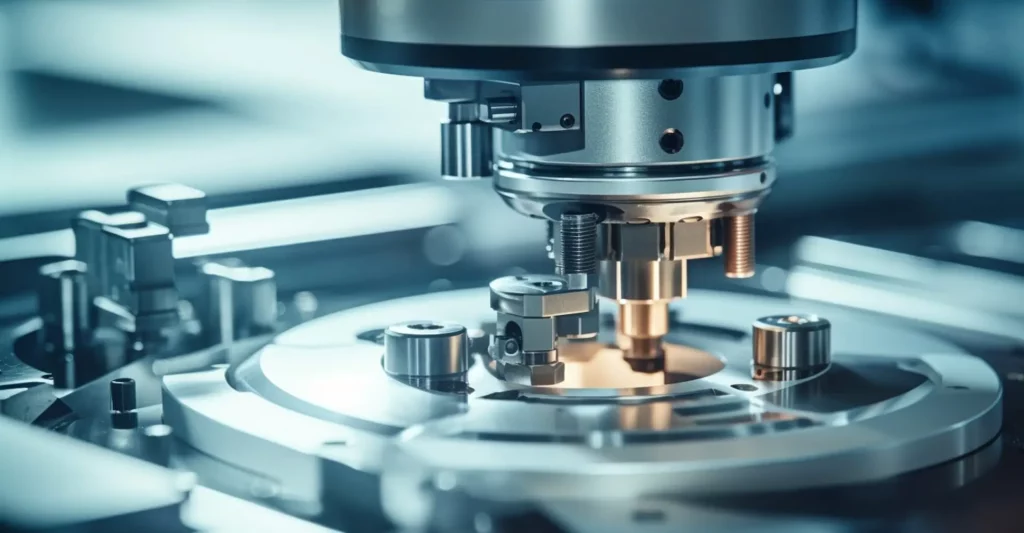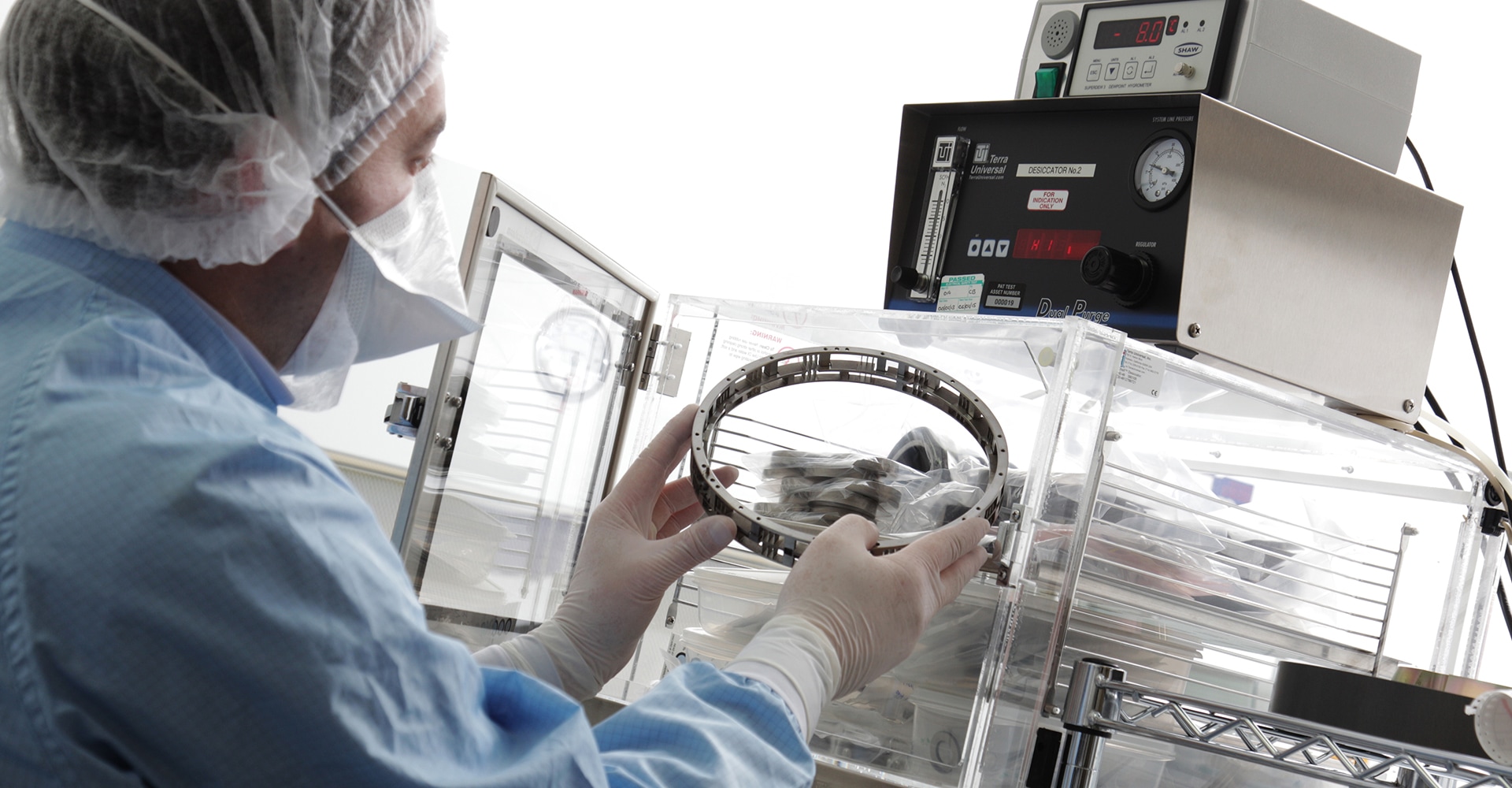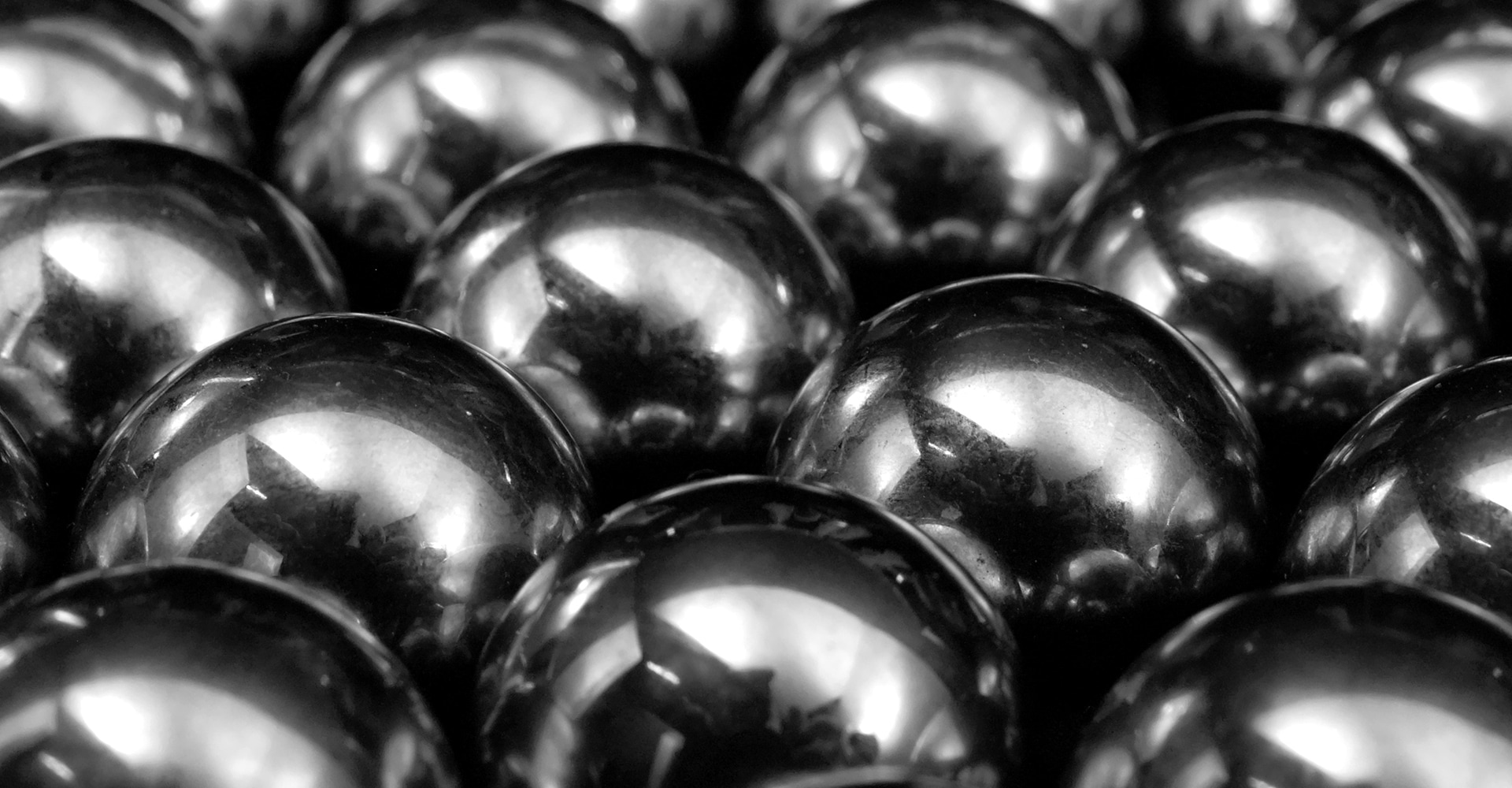
NCT Industrial Tribology
Engineering expertise to protect operations and maximise performance.
Who we are
At the National Centre of Tribology, our team solves the friction, lubrication and wear challenges that no one else can. We deliver engineering support, testing, consultancy, and tribological research and development across many sectors,
Using our fundamental understanding of bearings, gears, engineering materials and surfaces we support tribological design, asset performance, life extension and mechanical failure investigations of many kinds . We work in the rail, defence, energy, wider transport, nuclear sectors – and many more.
With more than 50 years of heritage as a national authority in tribology, we take time to properly understand your needs and tailor our offering to your specific tribological aims and constraints – whether you need immediate on-site response, or longer term design or operational studies.





